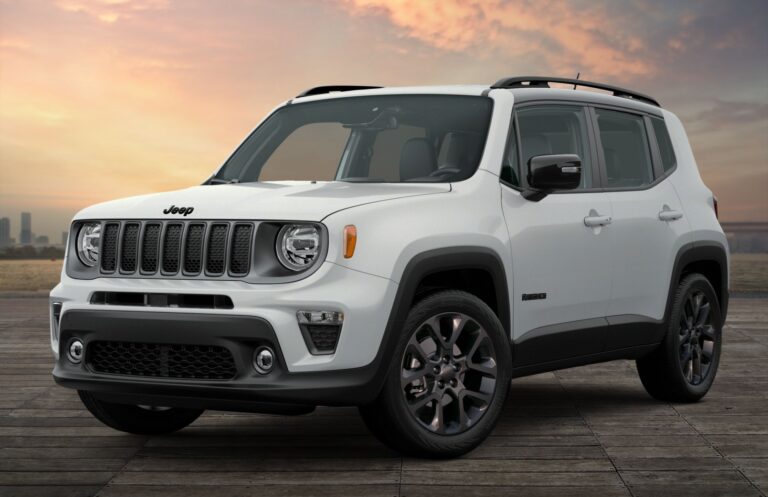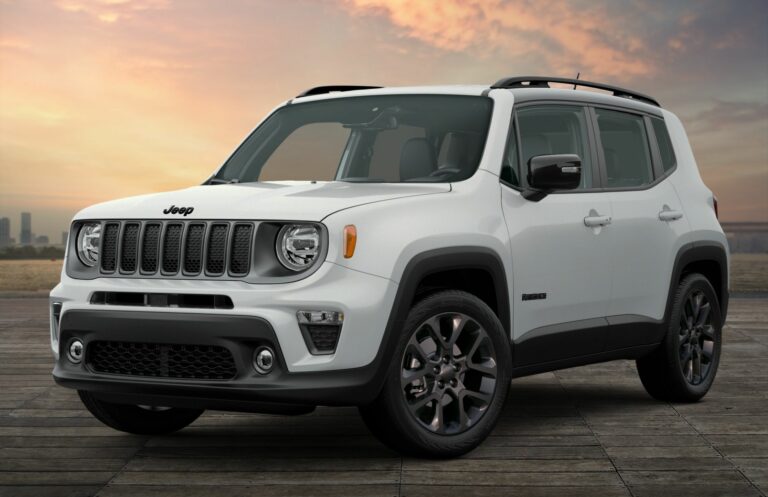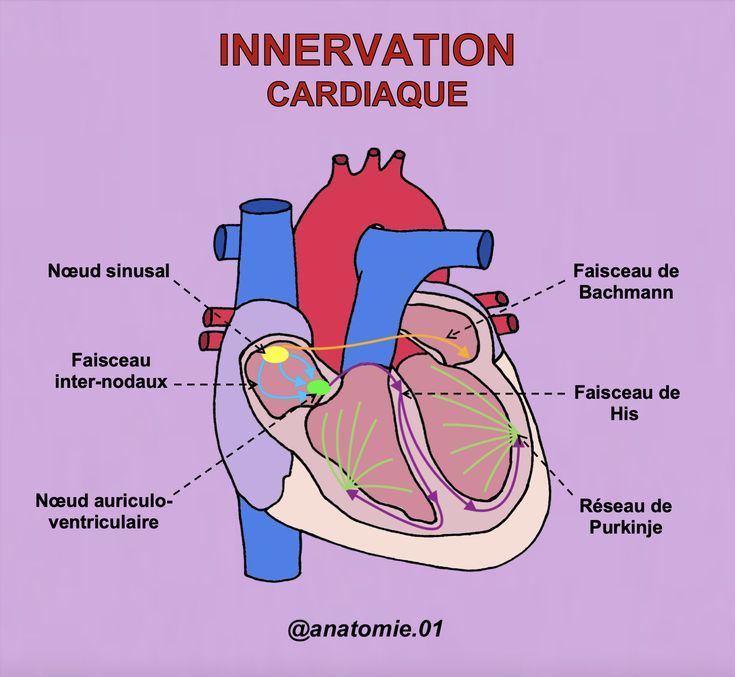Jeep Grand Cherokee 4.0 Wiki
Jeep Grand Cherokee 4.0 Wiki jeeps.truckstrend.com
The Definitive Guide to an American Icon
Welcome to the comprehensive "Jeep Grand Cherokee 4.0 Wiki," your ultimate resource for understanding, maintaining, and appreciating one of the most beloved and enduring SUVs ever produced: the Jeep Grand Cherokee, specifically those powered by the legendary 4.0-liter inline-six engine. This article serves as a detailed guide, much like a collaborative wiki, offering in-depth insights into the history, capabilities, common issues, and vibrant community surrounding this automotive icon. Whether you’re a long-time owner, a potential buyer, or simply an enthusiast, this wiki aims to provide all the information you need to navigate the world of the 4.0L Grand Cherokee.
Jeep Grand Cherokee 4.0 Wiki
The Jeep Grand Cherokee 4.0 isn’t just a vehicle; it’s a testament to robust engineering, off-road prowess, and surprising daily drivability. Its importance stems from its widespread popularity, its reputation for reliability (especially the engine), and its continued relevance in the used car market as a capable and affordable SUV. This "wiki" will dissect every facet of these remarkable machines, from their mechanical heart to their various iterations and the common challenges owners might face.
I. The Enduring Heart: The 4.0L Inline-Six Engine
At the core of the Jeep Grand Cherokee’s enduring legacy, particularly for models from the ZJ and WJ generations, lies the venerable 4.0-liter (242 cubic inch) inline-six engine. This powerplant, originally an evolution of AMC’s robust engine family, became synonymous with Jeep’s reliability and torque.
History and Design:
The 4.0L engine, often referred to as the AMC 242, made its debut in 1987 in the Jeep Cherokee XJ and was later adopted for the Grand Cherokee. It’s a naturally aspirated, overhead-valve (OHV) design with a cast-iron block and cylinder head. Its long-stroke design contributes to its excellent low-end torque, making it ideal for off-road crawling and towing. Over its production run, it received minor updates, primarily in its fuel injection system (from Renix to Chrysler’s multi-port injection) and minor head revisions.
Why It’s Legendary:
- Bulletproof Reliability: Known for its ability to rack up hundreds of thousands of miles with proper maintenance. Many owners report 300,000+ miles on original engines.
- Torque-Rich Performance: Its inline-six configuration provides a smooth power delivery and abundant low-end torque, perfect for conquering trails or pulling trailers.
- Simplicity and Serviceability: The engine’s straightforward design makes it relatively easy for home mechanics to work on, with readily available parts.
- Durability: The cast-iron construction and robust internals contribute to its longevity in harsh conditions.


II. Generations and Models: The 4.0L Grand Cherokee Timeline
The 4.0L engine powered two distinct generations of the Jeep Grand Cherokee, each with its unique characteristics and advancements.
A. The ZJ Generation (1993-1998)
The first generation Grand Cherokee, internally designated ZJ, revolutionized the SUV market with its blend of luxury, comfort, and legendary Jeep capability. The 4.0L was the primary engine option, alongside a V8.

- Key Features: Solid front and rear axles, coil spring suspension, unibody construction.
- Trim Levels: Laredo (entry-level), Limited (luxury, often with leather and more features), Orvis (special edition with unique interior/exterior touches).
- Transfer Cases: Offered with various transfer cases, including the part-time NP231 Command-Trac, full-time NP242 Selec-Trac, and the more common NP249 Quadra-Trac (full-time, viscous coupled, which can be a common point of failure with age).
- Common Issues (ZJ 4.0 Specific):
- Viscous Coupler in NP249: Can seize up, causing driveline binding.
- Steering Wander: Worn steering components (tie rod ends, ball joints, track bar).
- Rust: Especially on rocker panels and rear quarter panels.
- Blend Door Issues: HVAC blend door actuator failure leading to poor temperature control.
B. The WJ Generation (1999-2004)
The second generation, the WJ, was a significant redesign, offering improved ride quality, safety, and a more refined interior, while retaining the 4.0L engine as a popular choice.
- Key Features: New "Quadra-Link" front suspension (still solid axle), redesigned interior, improved safety features.
- Trim Levels: Laredo, Limited, Overland (top-tier with unique trim, sometimes with V8 only), Special Edition models.
- Transfer Cases: NP242 Selec-Trac (part-time/full-time), NP247 Quadra-Trac II (full-time with gerotor pump), NP247 Quadra-Drive (with Vari-Lok differentials for enhanced traction).
- Common Issues (WJ 4.0 Specific):
- 0331 Cylinder Head Crack: A common issue on 2000-2001 (and some late 1999) 4.0L engines, leading to coolant consumption and overheating. Identified by the casting number 0331.
- HVAC Blend Door: Still a prevalent issue, often requiring dashboard removal for repair.
- Blend Door Motor Failure: Leads to clicking noises and improper airflow.
- Driveshaft U-joints: Prone to wear, causing vibrations.
- Oil Pressure Sensor: Frequent failure, leading to inaccurate readings.
III. Performance and Capabilities
The 4.0L Grand Cherokee offers a compelling blend of everyday usability and genuine off-road capability.
- Power & Torque:
- ZJ (1993-1998): Typically 185-190 horsepower and 220-225 lb-ft of torque.
- WJ (1999-2004): Typically 190 horsepower and 225 lb-ft of torque.
While not a powerhouse, the torque curve is flat and responsive, making it feel more powerful than the numbers suggest, especially at lower RPMs.
- Off-Road Prowess: Thanks to its solid axles, generous ground clearance, and advanced 4WD systems (especially Quadra-Trac II and Quadra-Drive on WJ models), the 4.0L Grand Cherokee is remarkably capable off-road. Its compact size and maneuverability also contribute to its trail-worthiness.
- Towing Capacity: Depending on the year and configuration, the 4.0L Grand Cherokee can tow between 3,500 and 5,000 pounds, making it suitable for small trailers, boats, or utility haulers.
- Fuel Economy: This is often a point of realistic expectation. Expect 15-18 MPG combined, with highway mileage potentially reaching 20 MPG if well-maintained and driven gently. Off-road or in heavy city traffic, it can drop to 12-14 MPG.
IV. Common Issues and Maintenance
Owning a 4.0L Grand Cherokee means understanding its quirks and committing to regular maintenance. Proactive care is key to its longevity.
Engine-Specific Issues (4.0L I6):
- Exhaust Manifold Cracks: Very common, leading to ticking noises, especially on cold starts. Usually not detrimental to performance but annoying.
- Oil Leaks: Rear Main Seal (RMS) is notorious, but often over-diagnosed; other common leaks include the oil filter adapter o-rings, valve cover gasket, and distributor o-ring.
- Cooling System: The 4.0L runs hot by design. Issues include weak fan clutches, clogged radiators, failing water pumps, and corroded heater cores. A well-maintained cooling system is paramount.
- Crankshaft Position Sensor (CPS): Common failure point, leading to no-start or stalling issues when hot.
- Oxygen Sensors: Can cause rough idle, poor fuel economy, and check engine lights.
Transmission (AW4/42RE/44RE):
- AW4 (ZJ only, early models): Known for extreme durability.
- 42RE/44RE (ZJ/WJ): Generally reliable but sensitive to fluid condition. Solenoid issues (especially governor pressure solenoid) can cause shifting problems. Regular fluid and filter changes are crucial.
Transfer Case (NP231, NP242, NP247, NP249):
- Chain Stretch: Common with age and heavy use, leading to clunking or grinding.
- Fluid Maintenance: Specific fluid requirements for different transfer cases (e.g., NV247 requires special Mopar fluid).
- Viscous Coupler (NP249 ZJ): As mentioned, can fail, causing driveline binding. Replacement or conversion to NP242/NP231 is a common solution.
General Maintenance Tips:
- Regular Oil Changes: Use good quality 10W-30 or 5W-30 oil.
- Coolant Flushes: Every 2-3 years, use HOAT (Hybrid Organic Acid Technology) coolant for WJ, green for ZJ.
- Transmission Fluid & Filter: Every 30,000-50,000 miles.
- Spark Plugs & Wires: Every 30,000 miles (copper plugs are recommended for the 4.0L).
- Fuel Filter: Often overlooked, replace every 30,000 miles.
- Check for Rust: Regularly inspect the frame, unibody, and critical suspension points.
V. Modifications and Upgrades
The 4.0L Grand Cherokee is a favorite platform for customization, catering to off-road enthusiasts and daily drivers alike.
- Lift Kits: Ranging from 2-inch budget boosts for larger tires to 6+ inch long-arm kits for serious articulation.
- Tires: All-terrain (A/T) or mud-terrain (M/T) tires are common for improved traction off-road.
- Armor & Protection: Skid plates, rock sliders, and aftermarket bumpers protect critical components during off-road excursions.
- Drivetrain Upgrades: Stronger axles, lockers (front and rear), and transfer case swaps (e.g., NP242 conversion for NP249 ZJ).
- Engine Performance: While not a horsepower monster, mild upgrades like cold air intakes, aftermarket exhaust systems, and upgraded ignition components can slightly improve throttle response and efficiency. Head upgrades (e.g., TUPY 0331 or aftermarket performance heads) are common for 2000-2001 WJ models.
- Maintenance-Focused Upgrades: Heavy-duty radiators, electric fan conversions, and upgraded steering components enhance reliability and driving experience.
VI. Buying a Used Grand Cherokee 4.0
The used market is flooded with 4.0L Grand Cherokees, offering excellent value. However, careful inspection is crucial.
- What to Look For:
- Rust: Critical areas include rocker panels, floorboards, frame rails, and suspension mounting points.
- Engine Leaks/Noises: Listen for ticking (exhaust manifold), knocking, or excessive oil leaks. Check under the vehicle after a test drive.
- Cooling System: Check coolant level, color, and look for leaks around the radiator, hoses, and water pump. Ensure the engine doesn’t overheat during the test drive.
- Transmission: Smooth shifts, no slipping or harsh engagement. Check fluid color (should be red, not brown or black).
- Transfer Case: Engage 4WD (if applicable) and listen for grinding or clunking. For NP249 ZJs, check for driveline binding on tight turns.
- Steering & Suspension: Check for play in the steering wheel, worn ball joints, tie rods, and bushings.
- Electrical: Test all lights, windows, power accessories, and HVAC. Blend door issues are common.
- Pre-Purchase Inspection: Strongly recommended by a trusted mechanic familiar with Jeeps.
- Mileage Considerations: High mileage is common for these vehicles. Focus more on maintenance history and overall condition than just the odometer reading. A well-maintained 200,000-mile 4.0L is often a better buy than a neglected 100,000-mile one.
VII. Price Table: Used Jeep Grand Cherokee 4.0L (Estimated Values)
The "price" of a Jeep Grand Cherokee 4.0L is highly variable in the used market, depending on generation, condition, mileage, modifications, and geographic location. The table below provides general estimated ranges for privately sold vehicles in the United States, assuming they are in running condition.
| Generation | Model Years | Condition: Fair (Needs Work) | Condition: Good (Daily Driver) | Condition: Excellent (Well-Maintained/Low Miles) | Notes |
|---|---|---|---|---|---|
| ZJ | 1993-1998 | $1,000 – $2,500 | $2,500 – $5,000 | $5,000 – $10,000+ | Prices for excellent condition or highly modified ZJs can exceed $10k, especially for enthusiasts. |
| WJ | 1999-2004 | $1,500 – $3,000 | $3,000 – $6,500 | $6,500 – $12,000+ | Early 2000-2001 WJ 4.0L with original 0331 head may be discounted unless head has been replaced. |
Disclaimer: These are estimates and can fluctuate wildly. Factors like rust, accident history, comprehensive service records, and desirable factory options (e.g., Quadra-Drive, specific trim levels) can significantly impact value. Always conduct a thorough inspection before purchase.
VIII. Frequently Asked Questions (FAQ)
Q1: Is the Jeep Grand Cherokee 4.0L reliable?
A1: Yes, the 4.0L inline-six engine is renowned for its reliability and longevity. With proper, consistent maintenance, it can easily last 200,000 to 300,000 miles or more.
Q2: What’s the main difference between the ZJ and WJ 4.0L Grand Cherokee?
A2: The ZJ (1993-1998) is the first generation, known for its ruggedness and classic styling. The WJ (1999-2004) is the second generation, offering a more refined ride, improved interior, and updated styling, while still retaining significant off-road capability.
Q3: What should I look out for when buying a used 4.0L Grand Cherokee?
A3: Key areas include rust (especially ZJs), engine oil leaks (rear main seal, oil filter adapter), cooling system health, transmission shifting, and for WJ models, the potential for a cracked 0331 cylinder head (check casting numbers on 2000-2001 models). Always inspect the 4WD system.
Q4: How bad is the fuel economy on a 4.0L Grand Cherokee?
A4: It’s not great by modern standards. Expect 15-18 MPG combined. Highway mileage might reach 20 MPG, but city driving can drop to 12-14 MPG. This engine prioritizes torque and durability over fuel efficiency.
Q5: Can I lift my 4.0L Grand Cherokee? What’s the maximum lift without major modifications?
A5: Yes, they are popular for lifting. A 2-3 inch lift is common and generally doesn’t require extensive modifications (e.g., slip yoke eliminator). Taller lifts (4+ inches) usually require more significant drivetrain and suspension changes.
Q6: Are parts expensive or hard to find for the 4.0L Grand Cherokee?
A6: No, parts are generally affordable and widely available, both new aftermarket and used. The engine was used across many Jeep models for years, ensuring a robust supply chain.
Q7: Is the 4.0L engine better than the V8 options in the Grand Cherokee?
A7: "Better" is subjective. The 4.0L is simpler, more fuel-efficient (relatively), and often considered more reliable due to fewer complex components. The V8s offer more power and towing capacity. For most off-roaders and daily drivers, the 4.0L provides sufficient power and excellent reliability.
Concluding Summary
The Jeep Grand Cherokee 4.0, encompassing both the ZJ and WJ generations, stands as a testament to American automotive engineering at its pragmatic best. Powered by the legendary 4.0-liter inline-six engine, these vehicles represent a rare blend of rugged off-road capability, surprising on-road comfort, and a remarkable reputation for durability. While they certainly have their common quirks and maintenance considerations, their straightforward design and the abundance of available parts make them an accessible and rewarding vehicle for enthusiasts and practical owners alike.
The "Jeep Grand Cherokee 4.0 Wiki" aims to solidify its status as a highly sought-after used SUV, cherished for its simplicity, its robust character, and its undeniable legacy. Whether you’re navigating urban jungles, towing a small trailer, or exploring the unbeaten path, a well-maintained 4.0L Grand Cherokee remains a formidable and deeply satisfying companion, embodying the true spirit of "Go Anywhere, Do Anything."



